NICA
Superconducting Accelerator Complex
Developing
NICA (Nuclotron-based Ion Collider fAсility) is a new accelerator complex designed to study properties of nuclear matter in the region of the maximum baryonic density. Such matter existed at the early stages of the evolution of our Universe and now could be found in the interiors of neutron stars. NICA will provide variety of beam species ranged from protons and polarized deuterons to very massive gold ions. Heavy ions will be accelerated up to kinetic energy of 4.5 GeV per nucleon, protons – up to 12.6 GeV. The heart of the NICA complex is the upgraded accelerator Nuclotron (have been working in JINR since 1993). Two interaction points are foreseen at the NICA collider rings: one for heavy-ion studies with the Multi-Purpose Detector and other for colliding of polarized beams to be studied by the Spin Physics Detector.
Under construction: since 2013
Commissioning: 2020

Joint Institute for Nuclear Research
http://www.jinr.ru
SCIENTIFIC DOMAINS
Particle Physics
High Energy Physics
Key words: high energy physics, QGP, Critical Point, quark-gluon plasma, phase transition, multi-porpose detector, spin physics detector, baryonic matter at nuclotron, superconducting magnets, MPD, SPD, BM@N, particle physics
SCIENTIFIC GOALS
The nature and properties of strong interactions between elementary constituents of the Standard Model of particle physics – quarks and gluons.
The search for signs of the phase transition between hadronic matter and QGP; search for new phases of baryonic matter.
Study of basic properties of the strong interaction vacuum and QCD symmetries; event-by-event fluctuation in hadron productions (multiplicity, Pt etc.); femtoscopic correlation; directed and elliptic flows for various hadrons; multi-strange hyperon production (including hypernuclei); yield and spectra (the probes of nuclear media phases); photon and electron probes; charge asymmetry.
FACILITIES
The NICA project includes the following systems:
- injection complex (cryogenic heavy ion source KRION, laser source, duoplasmatron source, source of polarized protons and deuterons, modernized linac LU-20, new heavy ion linear accelerator HILAC, transfer channels);
- new superconducting booster synchrotron;
- existing superconducting synchrotron Nuclotron;
- new collider with two superconducting storage rings;
- Multi-Purpose Detector (MPD);
- Spin Physics Detector (SPD);
- Baryonic Matter at the Nuclotron detector (BM@N).

CHALLENGES
SPD:
Physics:
- Study of spin dependent nucleon structure functions;
- Measurement of the gluon contribution to the nucleon spin;
- Study of spin effects in reactions with production of different hadrons with high transverse momenta.
Detector:
- Close to 4π geometry;
- Fine-grained precise (50 µm) and fast silicon vertex detector;
- Precise tracking system (space resolution of ~100 µm) and ability to cope with luminosity of 1032cm-2s-1;
- High precision calorimetry for measurement of electromagnetically interacting particles (electrons/positrons, photons);
- Close to 100% efficient system for particle identification;
- Trigger-less DAQ system with ~3 MHz event rate acquisition capability.
BM@N:
- Development of algorithms for track and event reconstruction in central tracker and data analysis;
- Development of a system for charged particle identification based on ToF-400 and ToF-700 detectors combined with track momentum and trajectory information from the central tracker;
- Construction of a vacuum (helium) beam pipe through BM@N set-up;
- Development of fast and compact FEE electronics for the inner Si tracker.
PARTNERSHIP PROPOSAL
The NICA project is approved by the JINR Governing Body – the Committee of the Plenipotentiaries of the 18 member states. Supplementary agreements have been signed with Germany, China, the USA, CERN and the Republic of South Africa. More than thirty countries have expressed interest and are taking part in its implementation. Contracts for construction works and supplies have been signed with many companies from Russia, the Czech Republic, Austria, France, Bulgaria, Belarus, Ukraine and others.
PARTNERS
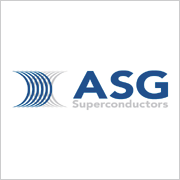

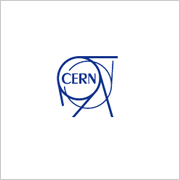
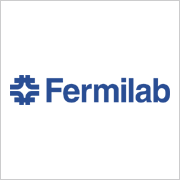

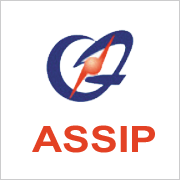
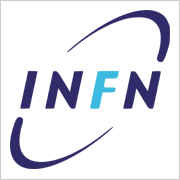
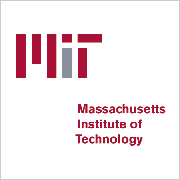


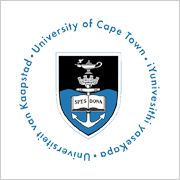
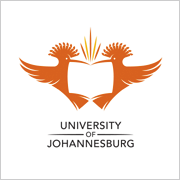
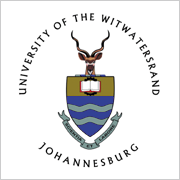
EVENTS
22 July – 01 August 2018, RUSSIA
16 – 19 Apr April 2018, RUSSIA
II International Workshop on Simulations of HIC for NICA energies
11-13 April 2018, RUSSIA
Collaboration meeting of the MPD and BM@N experiments at the NICA Facility
CONTACTS
Alexander Kovalenko
Coordinator, Deputy Director of the Laboratory of High Energy Physics, JINR